Using changing tables in public places: hidden dangers for your baby
Changing tables in public toilets: Dangers you may not have known about
As parents, when we face daily challenges such as taking care of our child outside of home, we often look for conveniences that can make our lives easier. One of them are public changing tables, available in most public places. However, few of us are aware of the hidden dangers that may come with this convenience.
The idea of using a changing table that has been used by many children before can raise some concerns. And these concerns are quite justified. Even if the changing table seems clean, it may hide many dangers that are invisible to us.
Check out changing tables for babies available in our offer!

Bacteria and Microorganisms
Children's bodies, especially the youngest ones, are still developing. Their immune system is still in the process of forming, which makes them more susceptible to various infections. Unlike adults, whose immune system has already had the opportunity to "get to know" many pathogens, a child's body does not yet have a full range of antibodies needed to defend against disease-causing microorganisms.
Although changing tables in public places may seem clean, their surface is an ideal environment for bacteria and other microorganisms. Frequent use by different people, food residues, diapers, or even sweat can create a nourishing environment for the growth of bacteria.
In the case of minor cuts, scrapes, or other skin injuries, which are common in active children, even a small amount of bacteria can lead to infections. Bacteria such as Staphylococcus aureus or Escherichia coli can cause serious infections, which in extreme cases may require hospitalization.
Waste and Dirt
Not everyone is equally aware or careful when using public changing tables. As a result, we may encounter various types of dirt on such surfaces:
Diaper residues - Even if most people make sure to remove the used diaper, small fragments or residues of the diaper's contents may remain. Such residues can be a source of bacteria that can lead to infections.
Food residues - Parents often change their children's diapers while having snacks or drinks for their little ones. Microorganisms present in the food residues can multiply on the surface of the changing table.
Stains from medication - Some children require constant medication. During diaper changes, the medication may be administered and any spilled or leftover medication can remain on the surface. Depending on the type of medication, it can pose a risk to other children, especially if a child accidentally touches such a stain and then their own mouth.
Allergens
Allergy is one of the most common diseases in the modern world, and children are particularly susceptible to it. Proper diagnosis and avoidance of allergens is crucial for the well-being of a child with allergies. Unfortunately, in public places such as changing tables, there are many potential allergens that can pose a risk to our little ones:
Food residues: Many children suffer from food allergies. Even a small amount of food that is an allergen for a child can trigger a reaction. Changing tables may have residues of various types of products, such as nuts, milk, or eggs, which are common allergens.
Dust: Household dust is one of the most common causes of allergies. Dust particles can settle on changing tables, especially in high-traffic areas where dust is airborne.
Mold: In places with high humidity, such as bathrooms, mold can grow quickly. Mold spores pose a serious risk for children with allergies.
For children with allergies, contact with allergens can lead to various reactions, ranging from mild symptoms such as a runny nose, cough, or rash, to serious anaphylactic reactions. Therefore, parents of children with allergies should be particularly vigilant and cautious.
Chemical Substances
Cleanliness and hygiene are crucial for the health of our children. However, in our pursuit of a sterile environment, we often use cleaning products full of chemicals, which, although effective, can have negative effects on the delicate skin of infants. In public places, such products are commonly used, which can pose a risk for our little ones when using changing tables. What chemical substances may be present?
- Strong detergents: Often used in public places due to their effectiveness in fighting bacteria and dirt. However, they may contain substances that irritate the skin.
- Deodorants and air fresheners: Air fresheners are often used in bathrooms, which may contain harmful chemicals.
- Disinfectants: Although their purpose is to kill bacteria and other microorganisms, they can also be harsh on human skin.
- Delicate baby skin is much more prone to irritation than adult skin. Contact with remnants of chemical substances can lead to:
- Skin irritation: Redness, itching, and dryness.
- Allergic reactions: Rashes, swelling, or even difficulty breathing.
- Eye irritation: If a child touches a changing table and then their eyes.
When using changing tables in public places, it is important to be vigilant and ensure that our children are protected from potentially harmful chemical substances. Knowledge and caution are key to ensuring the safety and health of our little ones.
Check out the range offered by our bathroom equipment store!
How to Ensure Safety When Using Public Changing Tables?
As you can see, using public changing tables comes with certain risks. To ensure the safety of our children when using these facilities, it is important to follow a few important rules.
Antibacterial Wipes - An Essential Tool in Every Parent's Bag
Antibacterial or disinfectant wipes are a real lifesaver in many situations. They are small, easy to carry and allow you to quickly clean surfaces from bacteria and viruses. It is worth always having them on hand, especially when planning to use public places. Before wiping the changing table with wipes, it is worth thoroughly examining its surface. If you notice visible dirt, first remove it with a damp wipe or toilet paper. Then thoroughly wipe the entire surface with an antibacterial wipe, not omitting any areas.
Check out the hygienic wipes available for purchase in our store!
Your Own Changing Pad: Why Is It Worth Using?
A Known and Proven Source of Hygiene
When we use our own changing pad, we know exactly when and how it was cleaned. This gives us the assurance that our child is in contact with a clean surface, free from bacteria and other pathogens.
Protection Against Hard or Uneven Surfaces
Not all public changing tables are equally comfortable. Your own changing pad can provide additional softness and comfort for the baby during changing.
Reducing the Risk of Allergies and Irritations
Some children are more sensitive and may react to various allergens that may be present on public changing tables. Your own changing pad acts as a barrier, protecting the baby's skin from such factors.
Personal Space for Your Child
Your own changing pad is also a great solution for more shy or nervous children who feel better when they have their own space.
In order for the changing mat to fulfill its protective function, it is important to regularly clean it. After each use, it is worth wiping its surface with a damp cloth and a gentle cleaning agent. It is also recommended to wash the changing mat in the washing machine from time to time, according to the manufacturer's instructions.
Choose medical changing mats from our assortment!
Be Careful with Water: How to Deal with Wet Spots on the Changing Mat?
Thorough Wiping
If you notice a wet spot on the changing mat, the first step should be to thoroughly wipe the surface. Use a clean, dry cloth or toilet paper.
Disinfection
After wiping the wet spot, it is worth disinfecting the surface with an antibacterial wipe. This will reduce the risk of transferring bacteria to the baby's skin.
Drying the Surface
After thorough cleaning, make sure that the changing mat is well dried. You can use a dry cloth or even a hand dryer, if available in the bathroom.
Hand Hygiene - The Foundation of Safe Use of Public Changing Mats
The health and safety of our children is a priority for every parent. In the face of threats related to bacteria and viruses that can lurk practically everywhere, hand hygiene becomes a basic step in taking care of health. When using public changing mats, this is even more important. Why?
Barrier Against Pathogens
Hands are one of the main tools we use every day. We touch various objects, people, and surfaces, which makes them exposed to contact with various microorganisms. Washing our hands helps to remove these unwanted "passengers" from our skin, preventing their transfer to other surfaces or our body.
Protection Against Diseases
Regular and thorough hand washing reduces the risk of many diseases, such as the flu, cold, or various infections.
Use water and soap, thoroughly washing the spaces between your fingers, wrists, and nails. The whole process should take at least 20 seconds. Although soap and water are always the best option, in some situations it may be difficult to access them. In such moments, hand sanitizer can be invaluable. Always have a small container in your bag or stroller so you can quickly disinfect your hands if needed.
Summary
Using public changing tables is inevitable for many parents. To ensure maximum safety for your child, it is important to be aware of the risks and take appropriate steps to minimize them. Remember that the health and safety of our children is the most important. By taking care of safety while using public changing tables, we not only protect the health of our children, but also ensure the comfort and peace of mind of other users of these facilities. Simple rules of hygiene and caution can significantly reduce the risk associated with potential hazards. As a result, using public changing tables becomes easier and more comfortable for every parent.



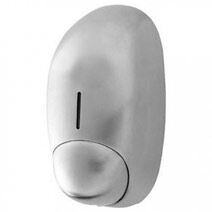

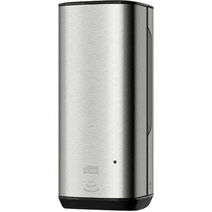
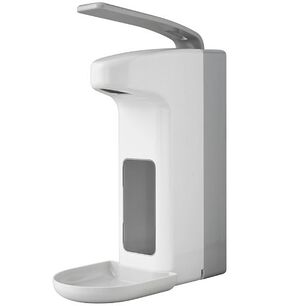

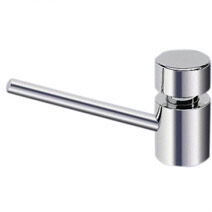
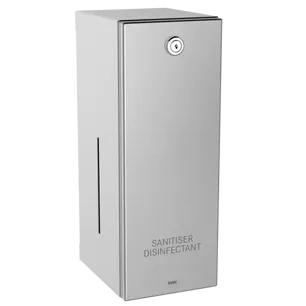

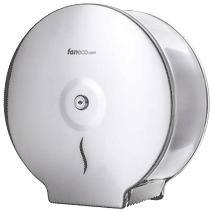

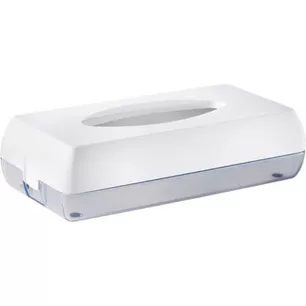
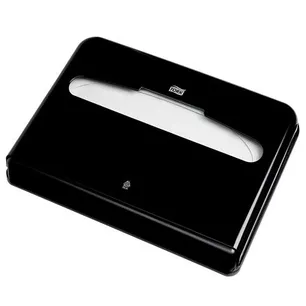
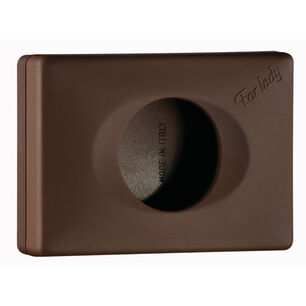
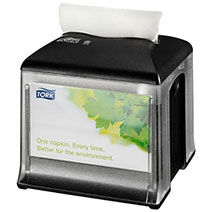

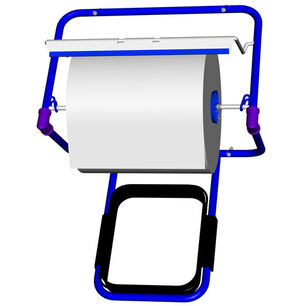
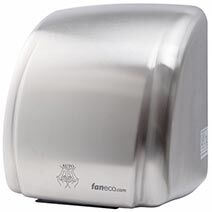
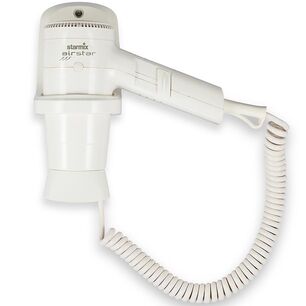
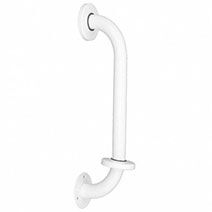
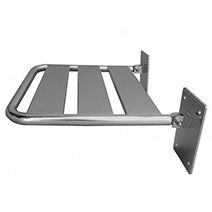
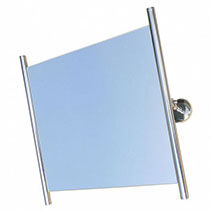
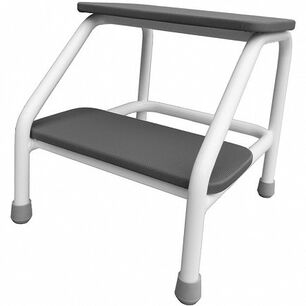
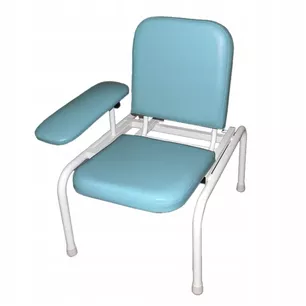




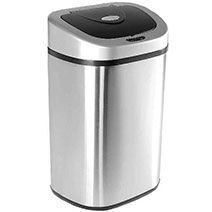
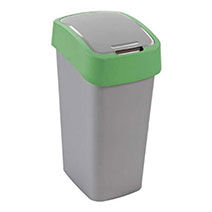
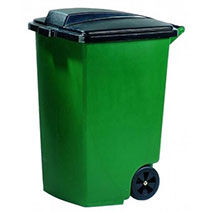


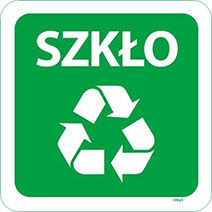

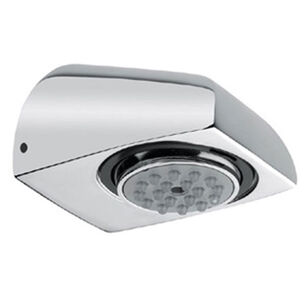
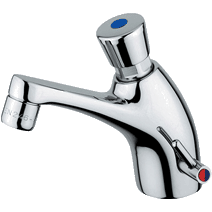
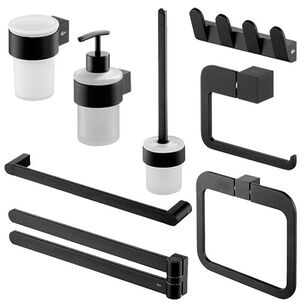
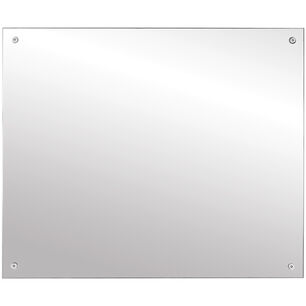
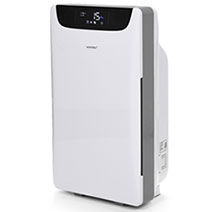
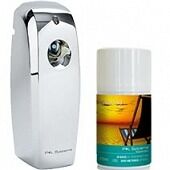
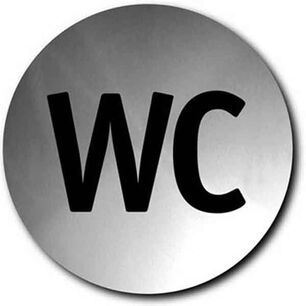
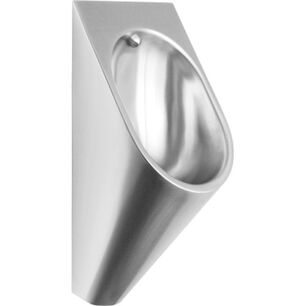
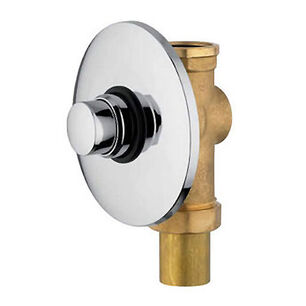
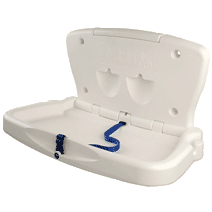
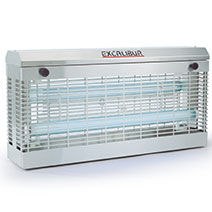

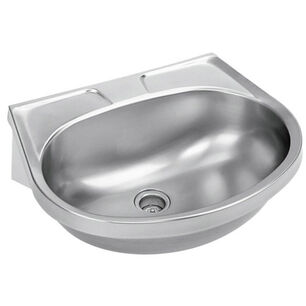
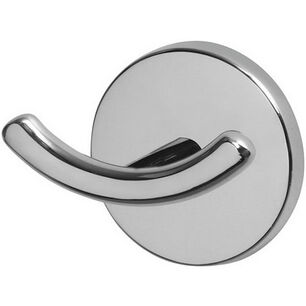
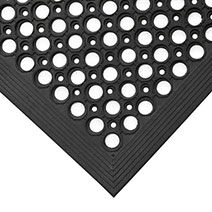
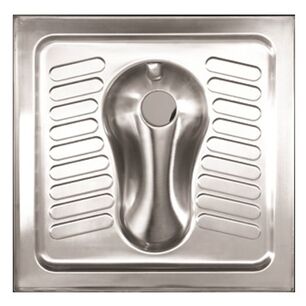
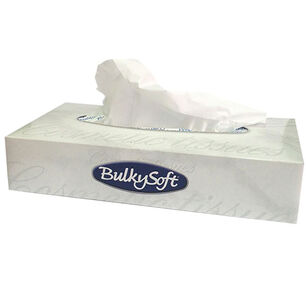
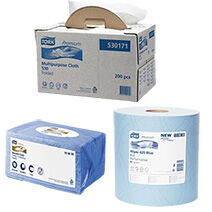



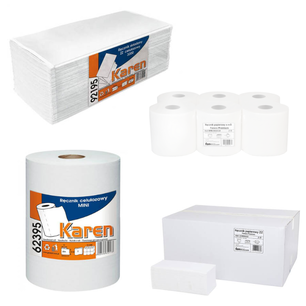
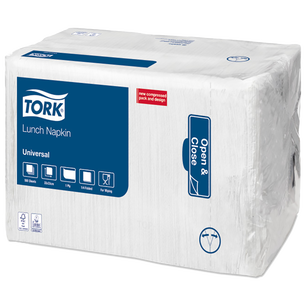
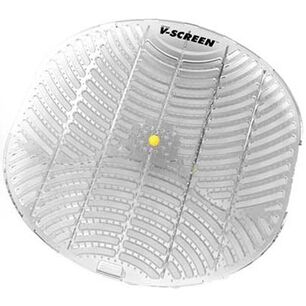
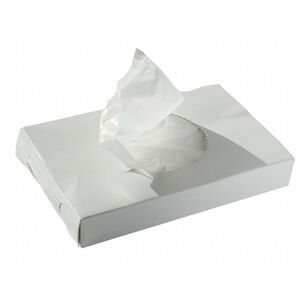
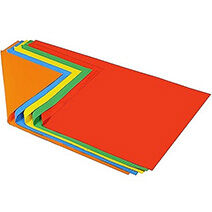
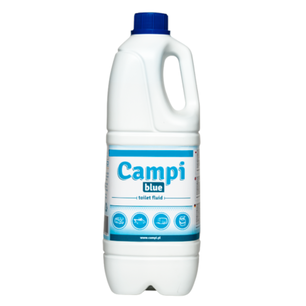
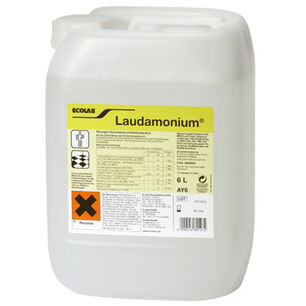
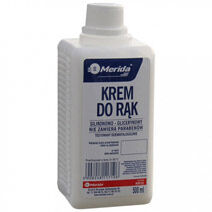
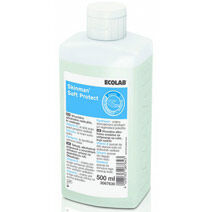
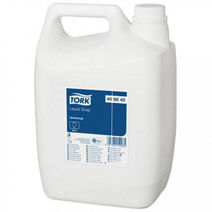
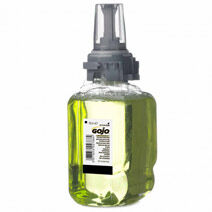

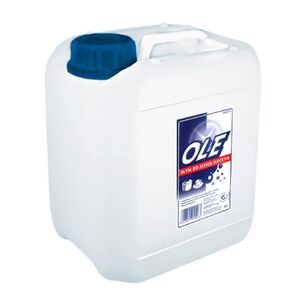

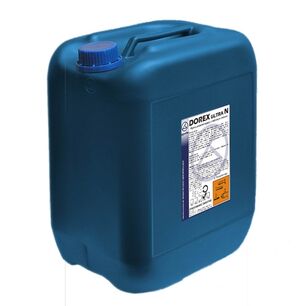
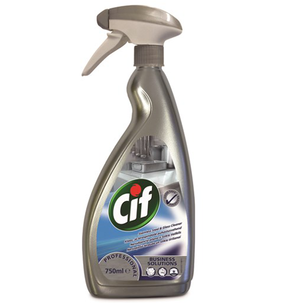
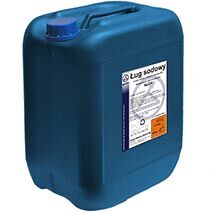

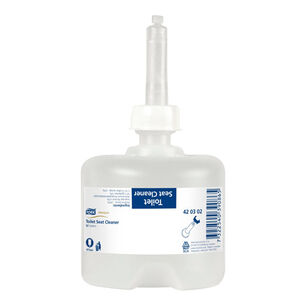
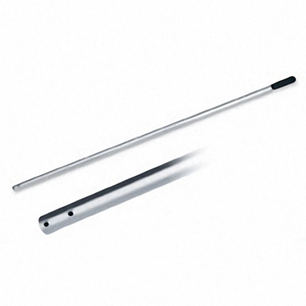
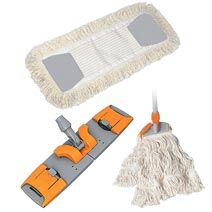

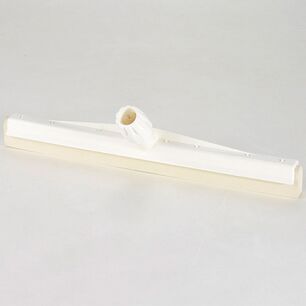

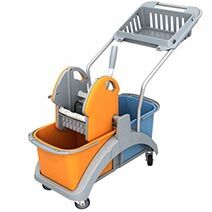


 Polski
Polski
 Czech
Czech
 German
German
 Spanish
Spanish
 Slovak
Slovak